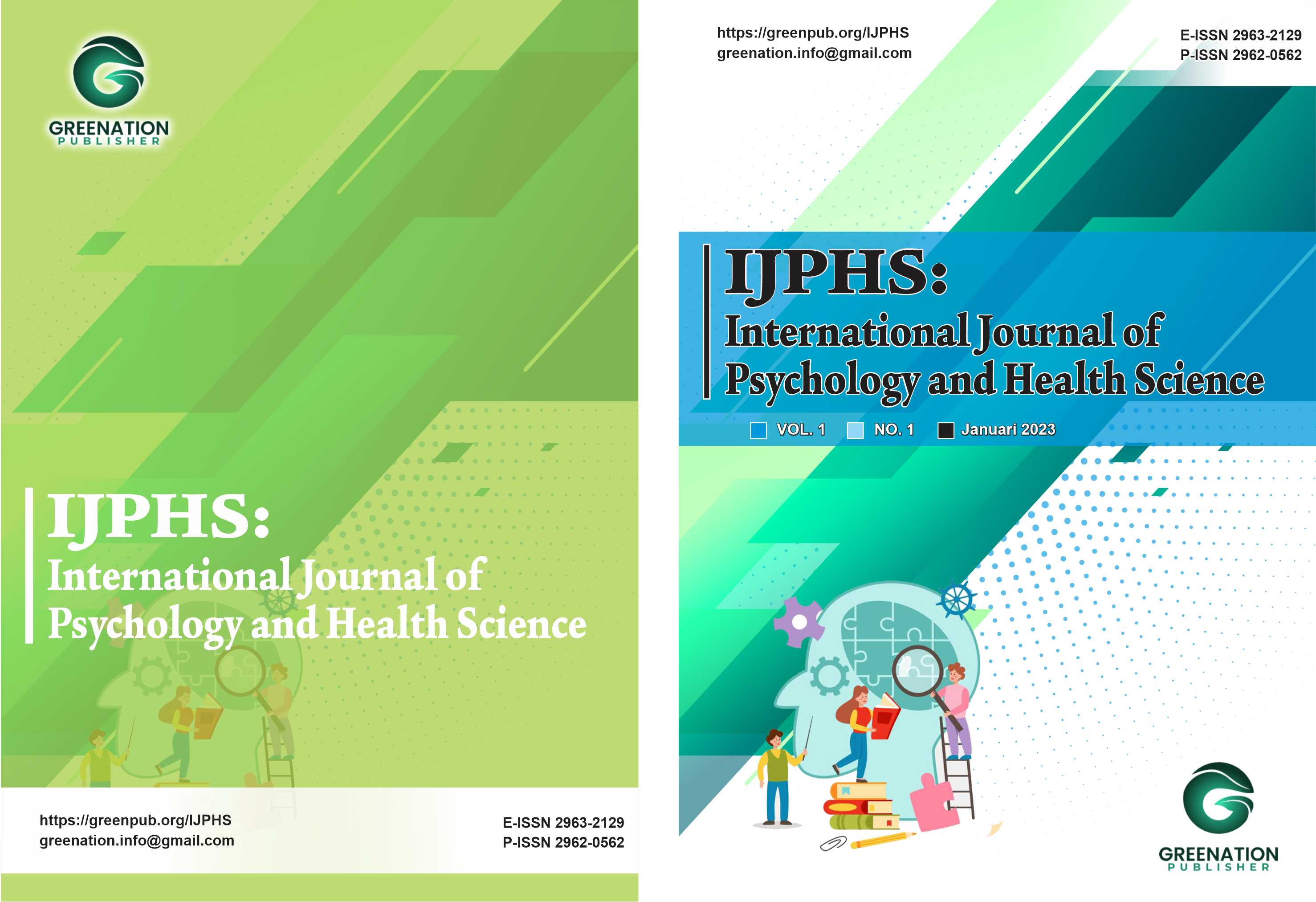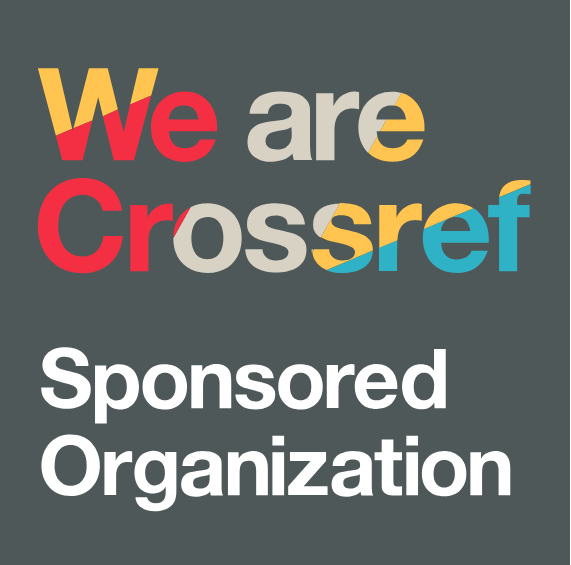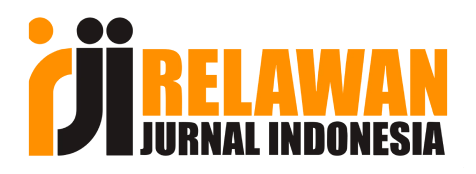The Effect of Uric Acid Levels on Age and Body Weight
DOI:
https://doi.org/10.38035/ijphs.v3i3.1320Keywords:
Uric Acid, Hyperuricemia, Age, Weight, Risk FactorsAbstract
High uric acid levels are a significant health problem and are influenced by various factors. This study aims to analyze the effect of age and body weight on uric acid levels in the adult population. The research method used was a quantitative and qualitative approach with direct observation techniques and questionnaires on 30 respondents aged 18 to 60 years in Bojongsoang sub-district. Measurement of uric acid levels was carried out using the Point of care testing (POCT) method. Data analysis used a correlation test to determine the relationship between variables. The results showed no statistically significant relationship between uric acid levels and body weight (p=0.328) or age (p=0.237). Although a very weak positive trend was observed, neither increasing body weight nor increasing age proved to be the main determinant of the increase in uric acid levels in this study sample. The conclusion of this study suggests that other factors such as diet, lifestyle, gender, and genetic history have a more dominant influence on uric acid levels compared to age and body weight.
References
Astuti, L. W., Yuliana, N., & Utami, S. (2021). Gambaran indeks massa tubuh (IMT) mahasiswa DIII keperawatan Fakultas Kesehatan Universitas Samawa. Jurnal Kesehatan Samawa, 1(1), 24–29. http://www.e-journallppmunsa.ac.id/index.php/jks/article/view/679
Dian Faqih, Ainul Yaqin Salam, & Grido Handoko Sriyono. (2023). Analisis Faktor Yang Berhubungan Dengan Tingkat Kadar Asam Urat. Jurnal Riset Rumpun Ilmu Kesehatan, 2(2), 146–156. https://doi.org/10.55606/jurrikes.v2i2.1749
Edward, Z., Purwati, K., Aprilia, A., Batam, K. U., Batam, K. U., Kesehatan, Z., & No, V. (2025). Zona kesehatan volume 19 no.1 maret 2025. Detector: Jurnal Inovasi Riset Ilmu Kesehatan, 19(1), 1–10.
Fajriansi, A., & Yusnaeni, Y. (2021). Hubungan Antara Indeks Massa Tubuh Dengan Kadar Asam Urat Pada Usia Dewasa ( 26-45 Tahun ) Di Stikes Nani Hasanuddin Makassar. 10(2), 110–115.
Hartono, B., & Kusumadewi, S. (2023). Sistem Pakar untuk Rekomendasi Pola Hidup Sehat bagi Perisiko Asam Urat. Jurnal Ilmiah Permas: Jurnal Ilmiah STIKES Kendal, 13(2), 691–700. https://doi.org/10.32583/pskm.v13i2.889
Juli, N. (2023). SENTRI?: Jurnal Riset Ilmiah. 2(7), 2871–2874.
Leokuna, W. I., & Malinti, E. (2020). Hubungan Indeks Massa Tubuh dengan Kadar Asam Urat pada Orang Dewasa di Oesapa Timur. Nursing Inside Community, 2(3), 94–99. http://jurnal.stikesnh.ac.id/index.php/nic/article/view/342
Lubis, A. D. A., & Lestari, I. C. (2020). Perbedaan Kadar Asam Urat Pada Lansia Dengan Indeks Massa Tubuh Normal Dan Overweight. Jurnal Kedokteran Ibnu Nafis, 9(1), 1–7. https://doi.org/10.30743/jkin.v9i1.30
Mei, N., & Cilongok, P. K. (2023). SENTRI?: Jurnal Riset Ilmiah. 2(5), 1818–1828.
Putri, S. S., Muhammad Faizal, & Rezka Nurvinanda. (2024). Faktor-Faktor Yang Mempengaruhi Tindakan Perawatan Mandiri Pada Penderita Asam Urat. Jurnal Penelitian Perawat Profesional, 6(5474), 1333–1336.
Riswana, I., & Mulyani, N. S. (2022). ( Risk Factors Affecting Uric Acid Levels in Patients with Hyperurisemia in The. 6(1), 29–36.
Sihotang, H. (2023). Metode penelitian kuantitatif. In Pusat Penerbitan dan Pencetakan Buku Perguruan Tinggi Universitas Kristen Indonesia Jakarta. http://www.nber.org/papers/w16019
Syukri, M. (2007). Asam Urat dan Hipererusemia. Majalah Kedokteran Nusantara, 40(1), 52–55. https://www.academia.edu/download/53582262/asam_urat.pdf.
Zaq, N., Nuha, atun, Sudrajat, A., Studi Analis Kesehatan, P., Piksi Ganesha, P., & Jend Gatot Soebroto No, J. (2023). Gambaran Kadar Asam Urat Pada Mahasiswa Diii Analis Kesehatan Politeknik Piksi Ganesha. 38–43.
Zhang, Y., Chen, C., Choi, H., Chaisson, C., Hunter, D., Niu, J., & Neogi, T. (2012). Purine-rich foods intake and recurrent gout attacks. Annals of the Rheumatic Diseases, 71(9), 1448–1453. https://doi.org/10.1136/annrheumdis-2011-201215
Downloads
Published
Issue
Section
License
Copyright (c) 2025 Muhamad Rizky Nurhakim, Andini Kusdiantini

This work is licensed under a Creative Commons Attribution 4.0 International License.
Authors who publish their manuscripts in this journal agree to the following conditions:
- The copyright on each article belongs to the author(s).
- The author acknowledges that the International Journal of Psycology and Healt Science (IJPHS) has the right to be the first to publish with a Creative Commons Attribution 4.0 International license (Attribution 4.0 International (CC BY 4.0).
- Authors can submit articles separately, arrange for the non-exclusive distribution of manuscripts that have been published in this journal into other versions (e.g., sent to the author's institutional repository, publication into books, etc.), by acknowledging that the manuscript has been published for the first time in the IJPHS.






















